Amsterdam’s Van Gogh Museum has a new entrance on Museumplein, following in the steps of its neighboring Rijksmuseum and Stedelijk Museum. For the new entrance building, Kisho Kurokawa Architect & Associates made a sketch that was further developed, materialized, and realized in a record speed of 18 months by Hans van Heeswijk Architects. This Amsterdam-based architecture firm had earlier completed Museum Hermitage Amsterdam, the Royal Picture Gallery Mauritshuis and Museum MORE.

The Van Gogh Museum in Amsterdam is one of the Netherlands’ most popular museums. The ever-growing stream of visitors required intelligent solutions for these buildings, which were designed by Rietveld (1973) and Kurokawa (1999). The design consists in broad outlines of a further elaboration of the elliptical wing of the building that Kurokawa had built in Amsterdam in 1999. Kisho Kurokawa Architect and Associates, the firm founded by the late Kisho Kurokawa and designer of the temporary exhibitions wing opened in 1999, prepared the draft design for the new entrance hall. Hans van Heeswijk Architects then elaborated on this to create a solution in which the existing wing and the new structure form a surprising new whole.

“Work to move our main entrance to Museumplein has gone very well,” says museum director Axel Rüger. “It has been delivered within the tight eighteen-month deadline, and on budget. The all-glass entrance hall features high-quality structural engineering and systems. There is a spacious, well-lit foyer with cloakrooms and a revamped museum shop. Improved access, better logistics and more space will allow us to give our visitors a much warmer welcome than before. Moreover, this arrangement better suits the upgraded Museumplein – all its cultural institutions now have their entrances facing the square. The transparent building with its state-of-the-art glass structure enriches both the Van Gogh Museum and Museumplein.”

The new entrance building is the largest glass structure in the Netherlands in which glass fins (beams and mullions) and double glass units are elements of the building ?s main structure. This is a major step forward in the technical innovation of transparent structures and for glass as a structural material. There has never been a longer structural glass fin in the Netherlands: 12 meters. For the overall stability of the roof, the glass fins have been connected to the steel structure. They are working together as one structure.

The bent glass façade is composed of cold bent double laminated insulated glass units. This means the rectangular glass panels have been shaped on-site during installation. The total area is approximately 650 sqm. The façade has 20 glass fins which are all unique. The longest façade fin is 9.4 meters.

The glass roof with a total area of approximately 600 sqm has as main geometry a shell under an angle of 16,5 degrees. There are 30 glass roof fins, all unique in length and with an optimized height to accentuate the shape of the curved roof. The longest glass fin in the roof (also the longest structural glass fin in the Netherlands) has a length of 12 meters.
The glass staircase is supported by a triple laminated glass arch which transfers the highest loads from the stairs and also stabilizes the staircase. Because of this glass arch, the amount of steel is kept to a minimum and the staircase can be seen as a transparent piece of furniture. LED lighting has been integrated inside the glass stair steps.
[latest articles]
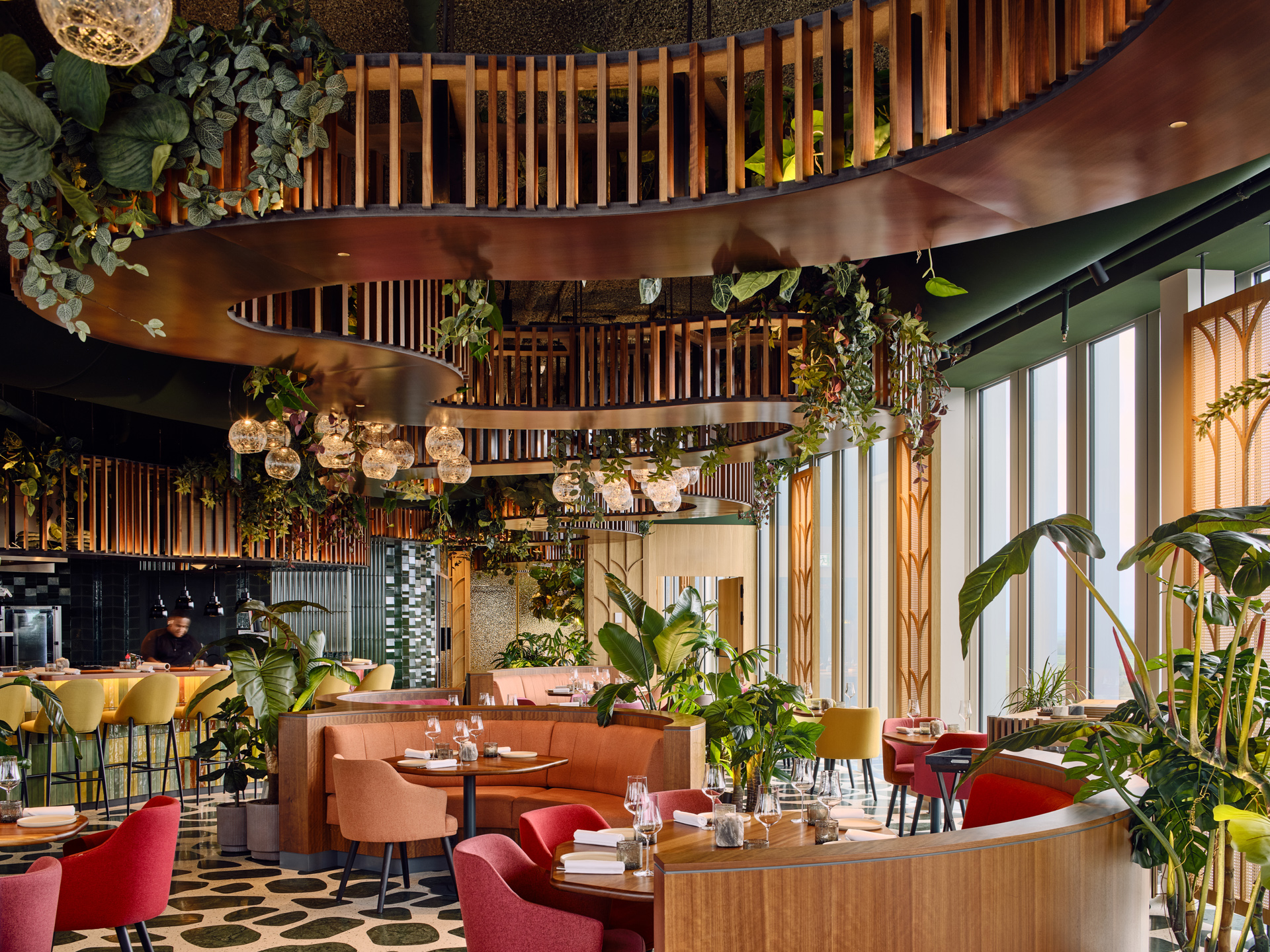
Selva Restaurant: A Design Inspired Dining Experience in Amsterdam
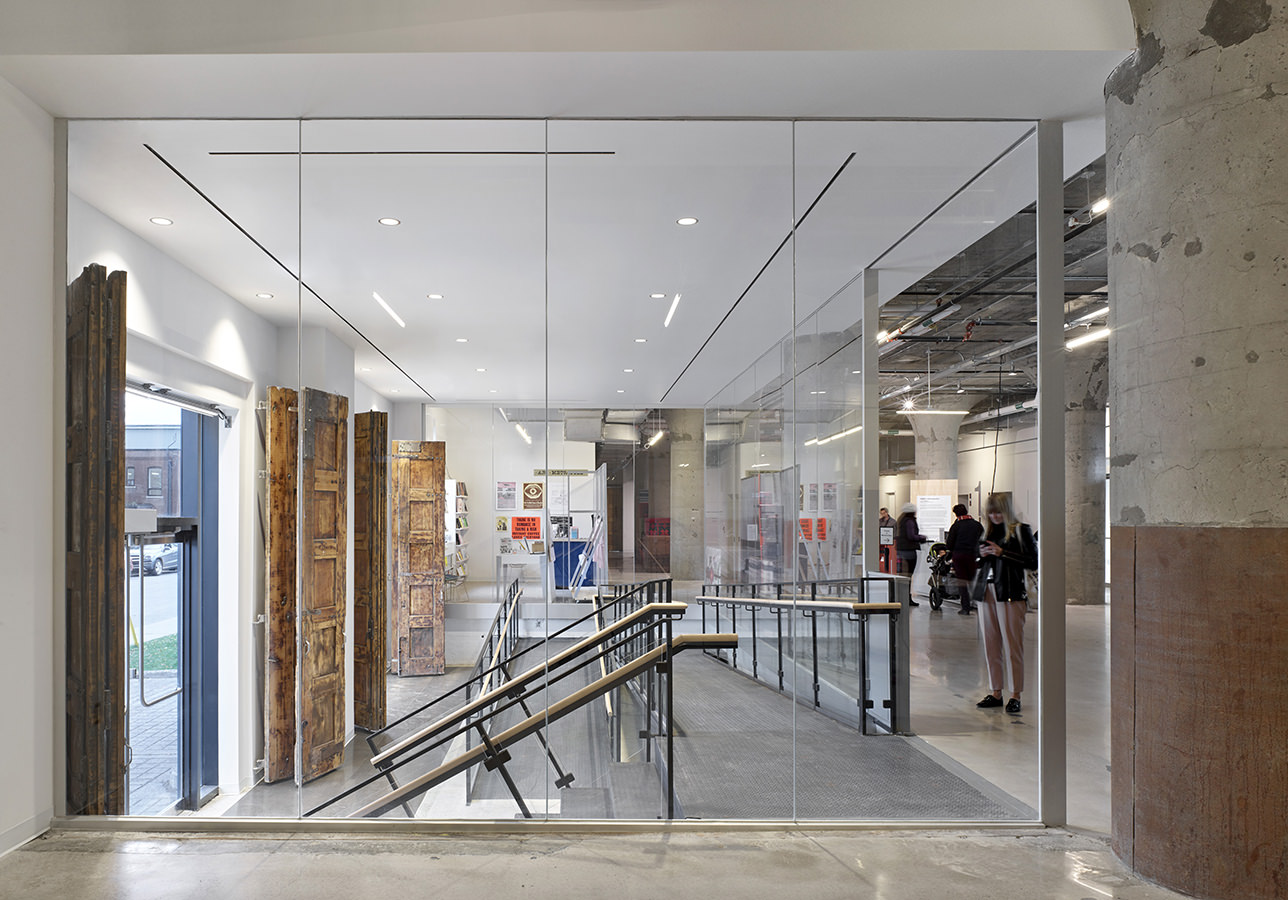
New Home of Toronto’s Museum of Contemporary Art
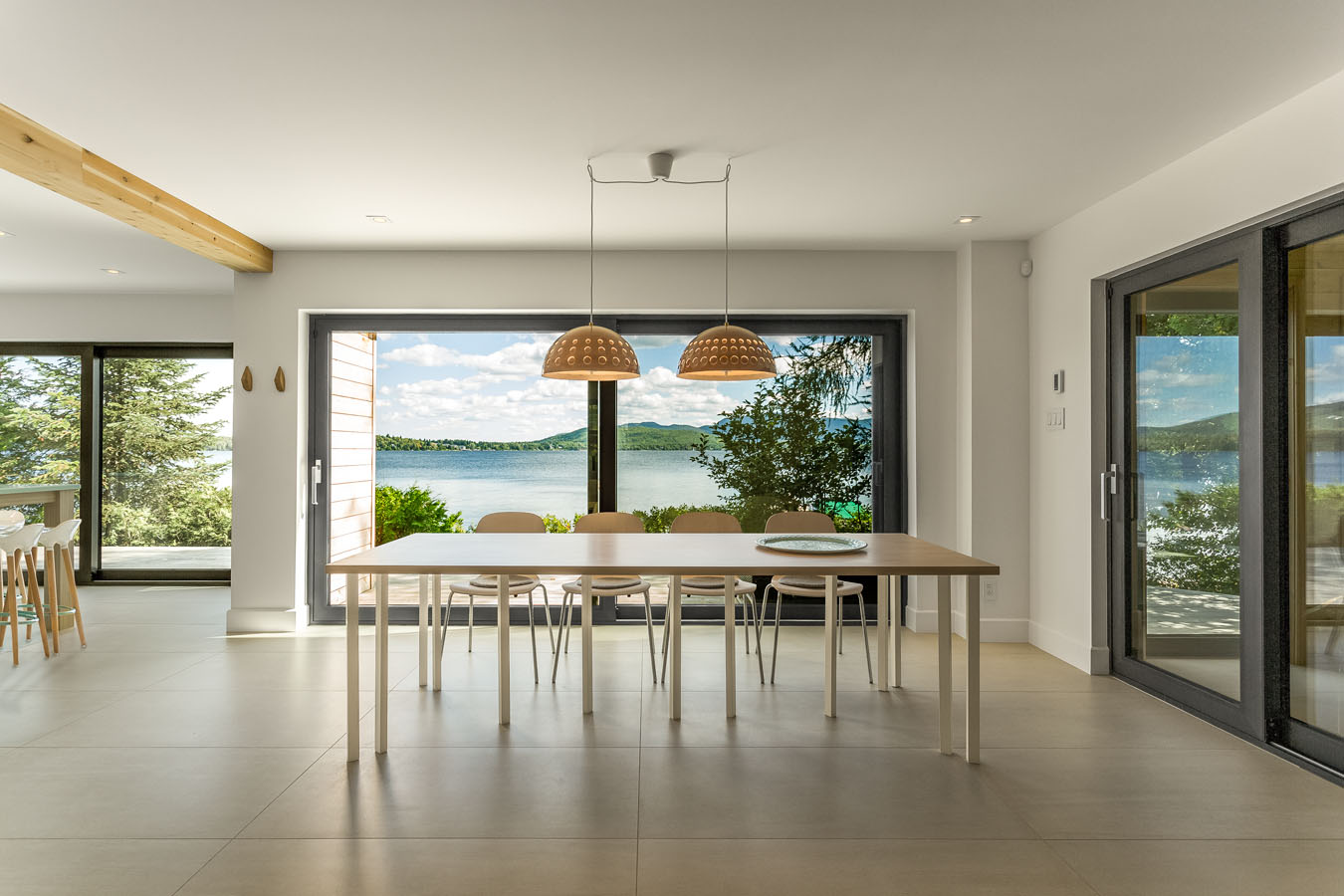
Nordic Architecture and Sleek Interior Design
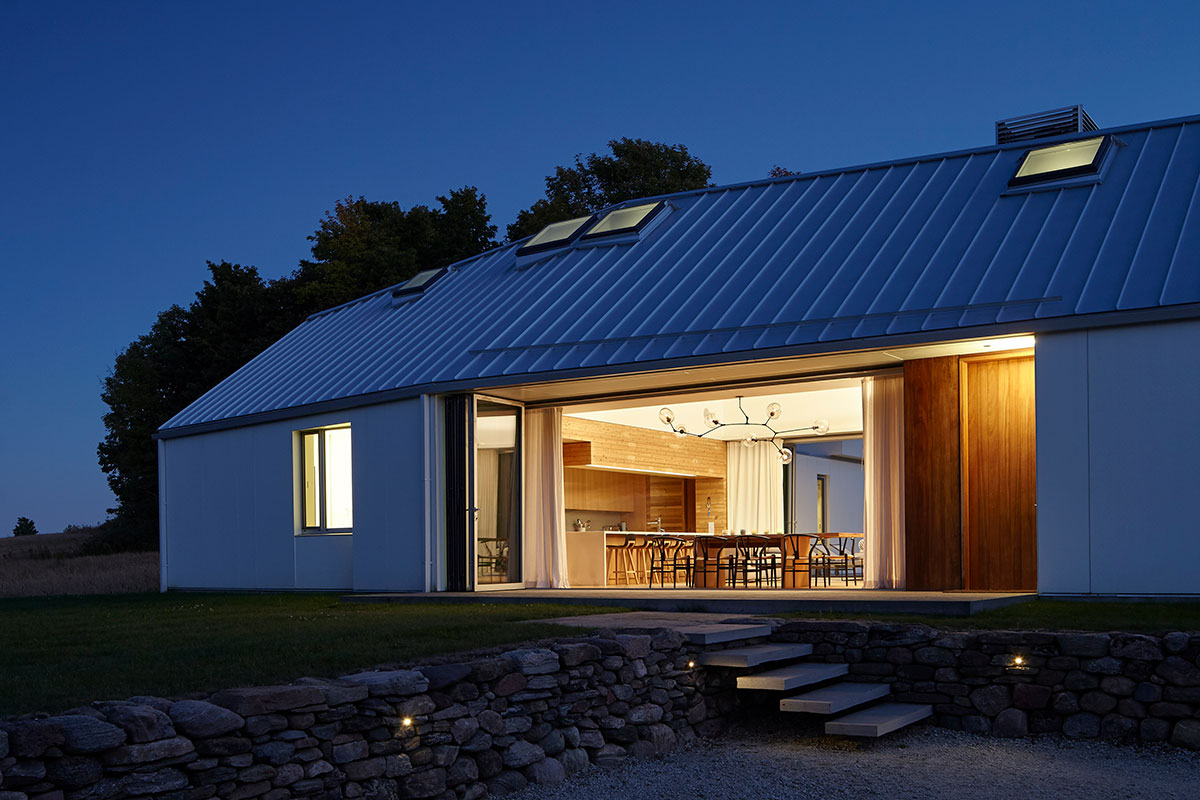
Charting a New Course at Compass House
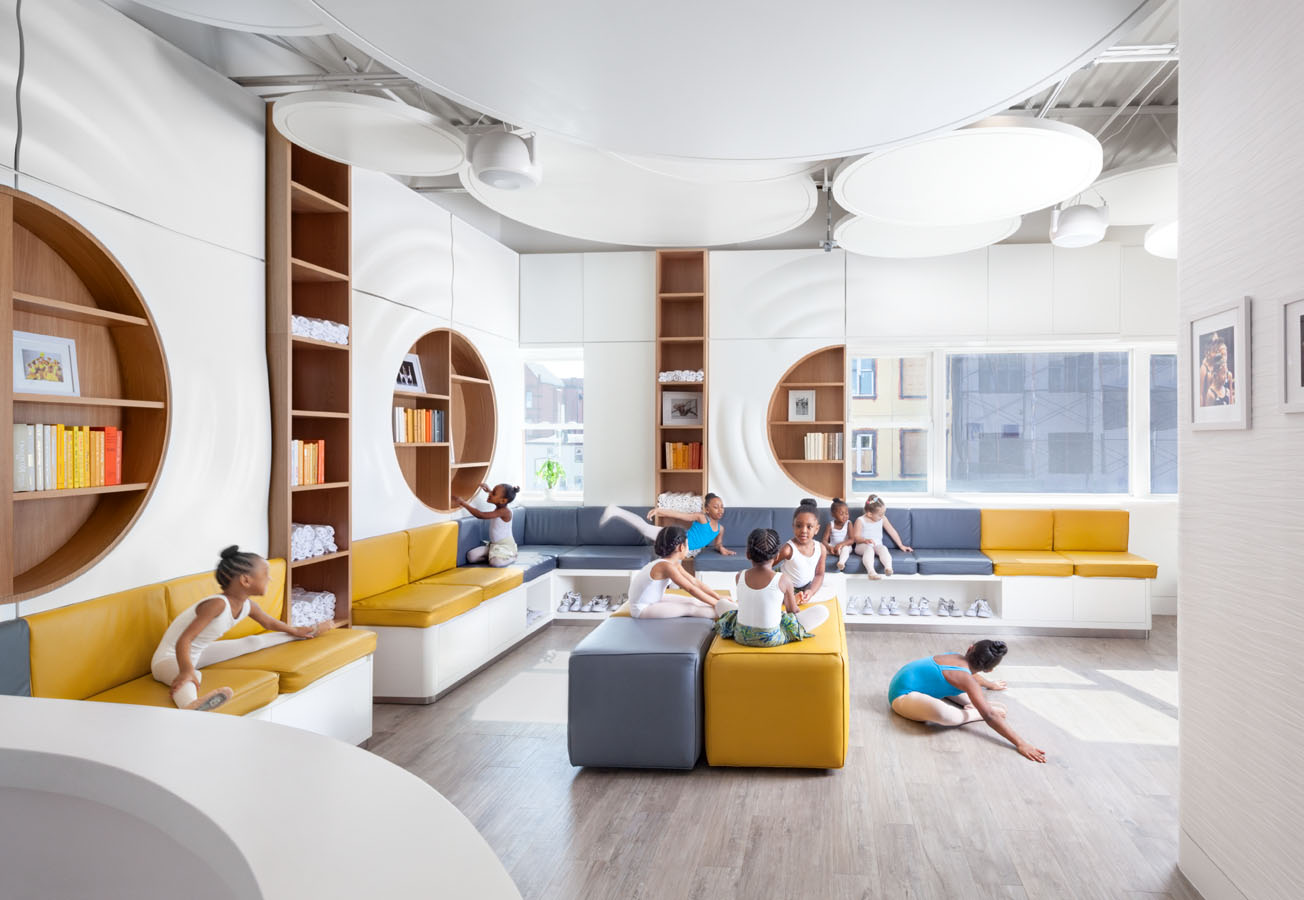





















Can you be more specific about the content of your article? After reading it, I still have some doubts. Hope you can help me. https://accounts.binance.info/register?ref=P9L9FQKY